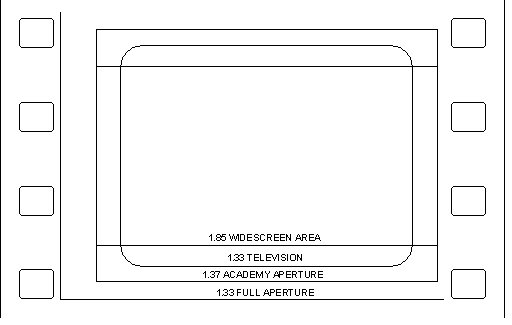'The Wire' Remastered In 16:9; David Simon Explains The Changes
The Wire is coming to HD at last, but perhaps not quite in the form you want. The show was formatted for a 4:3 aspect ratio when originally shot and broadcast, and that's how it was released on DVD. But for The Wire HD remasters, which will first be available on HBO Go and for digital purchase before eventually appearing on Blu-ray, the show has been formatted for a 16:9 presentation. Note the word "formatted" there rather than "cropped," as the choice is intentional and important.
Reaction to this news, especially coming so soon after The Simpsons debacle on FXX and the Simpsons World portal, was quick, and very negative. In short, seeing such concessions made to a project like The Wire — a creator-driven, serious drama that originally played to a limited fanbase — is a sign that the aspect ratio war is basically over, and we've lost.
But in the case of The Wire, the situation is more complicated than that. Let the show's creator David Simon explain.
Here's some text from the initial release from HBO:
The entire series has been beautifully re-mastered in 16x9 Full-Frame HD from more than 8,000 reels of original 35mm camera negative, allowing for a tighter fit on widescreen TVs and computer/tablet screens. The original negatives were scanned, edited, dust-busted and color-corrected with great care and attention taken to stay true to the look and feel of the original Standard-Definition 4x3 version.
That drew ire incredibly fast. Then Simon weighed in, and his explanation of the complex process made the sitauation, well, more complex.
And over the past several months, looking at some of what the widescreen format offered, three things became entirely clear: First, there were many scenes in which the shot composition is not impaired by the transfer to 16:9, and there are a notable number of scenes that acquire real benefit from playing wide. ... But there are other scenes, composed for 4:3, that lose some of their purpose and power, to be sure. ... More fundamentally, there were still, upon our review, a good hundred or so scenes in which the widening revealed sync problems with actors who would otherwise have remained offscreen, or even the presence of crew or film equipment.
In short, the series was shot on film, and framed for 4:3, which leaves a fair amount of visual information unused on either side of the negative. That information can now be seen in some of the 16:9 masters. Check out the chart below for a vague representation. For original The Wire negatives, what we saw broadcast would be in the 1:33 television box with rounded edges, but there's likely exposed information all the way out to the sides of the 1:33 full aperture box.

So opening the frame to 16:9 doesn't always mean cropping the original 4:3 image down, which is good. (Thought it does sound like some cropping has been done at times.) There's likely a lot of extra information on the side of the TV Safe frame to use in these remasters.
This process does change the framing of scenes, which might not always be good, as Simon alludes above. It also means that, since the camera and monitors would have been calibrated to show the "TV safe" area, crew and gear were sometimes allowed to be visible outside that frame, which means they have to be cropped out, or in many cases digitally painted out. Simon notes that HBO has done much of the latter.
(This whole process is akin to the reason we used to see the boom mic drop into frame in some full-frame TV presentations of old movies. Those films might have been composed to be projected at 1.85, but shot with full-frame exposure, allowing a clumsy full-frame TV transfer to display information never meant to be projected.)
There's much more detail on this in Simon's piece linked above, which you should read in full. David Simon, at least, seems to have made peace with this whole process.
At the last, I'm satisfied what while this new version of The Wire is not, in some specific ways, the film we first made, it has sufficient merit to exist as an alternate version. There are scenes that clearly improve in HD and in the widescreen format. But there are things that are not improved. And even with our best resizing, touchups and maneuver, there are some things that are simply not as good. That's the inevitability: This new version, after all, exists in an aspect ratio that simply wasn't intended or serviced by the filmmakers.
